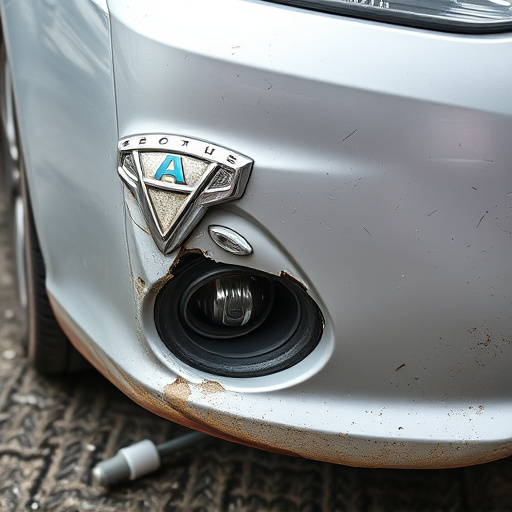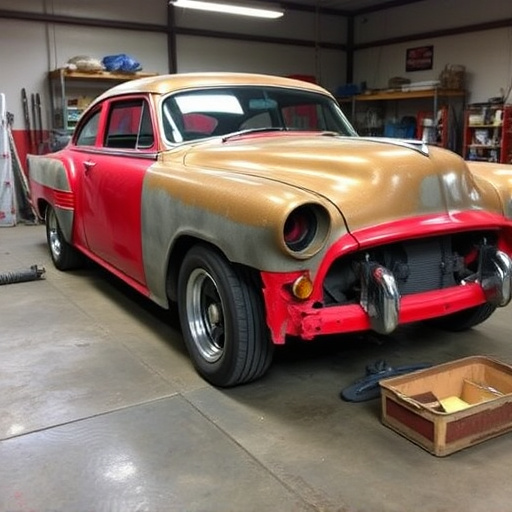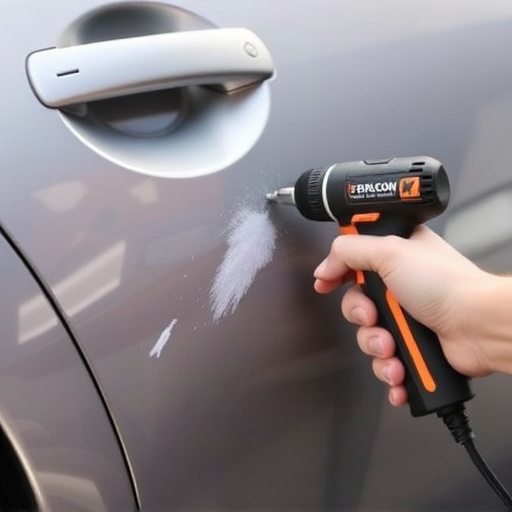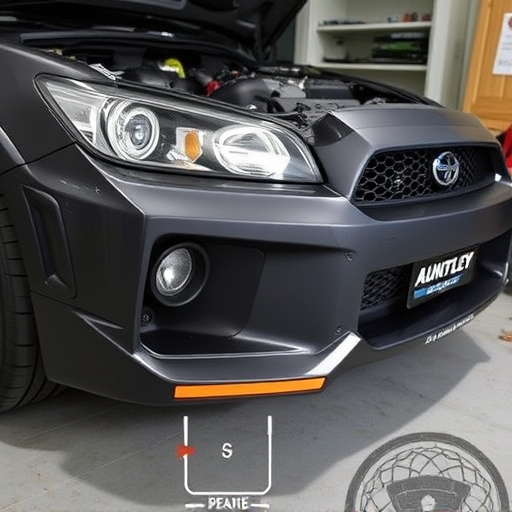Tesla Model S front end repairs demand meticulous care due to intricate systems. Professional body shop services are advised for accurate disassembly and reassembly of parts like headlamps, fenders, grille, and bumper. Adhering to fastener torque specifications (50-100 Nm) is crucial for structural integrity and safety. Specialized tools and expertise ensure secure repairs that meet high quality and safety standards. Fleet repair services cater to businesses with multiple electric vehicles needing regular upkeep.
Thinking of tackling a Tesla Model S front end repair? This comprehensive guide is your go-to resource. We’ll walk you through the intricacies of the Model S front end components, providing a detailed breakdown for successful demounting and reassembly. Additionally, discover the critical fastener torque requirements and application techniques to ensure precision and reliability in your repair process.
- Understanding Tesla Model S Front End Components
- Demounting and Reassembling Procedures for Repair
- Fastener Torque Specifications and Application Techniques
Understanding Tesla Model S Front End Components
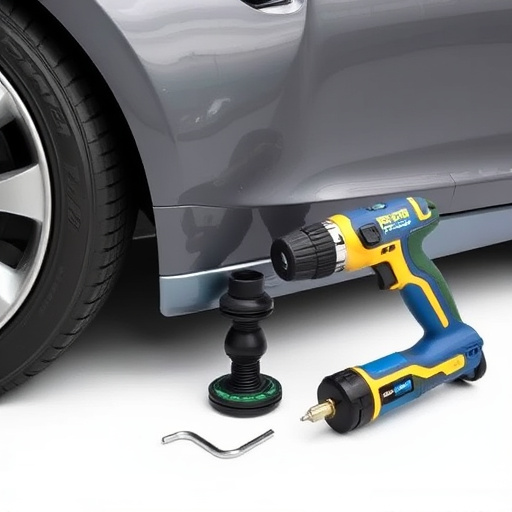
The Tesla Model S, a sleek electric sedan, boasts an advanced design that requires meticulous care when it comes to front-end repairs. Understanding the intricate components is key to ensuring proper restoration and safety. The front end houses critical systems like suspension, steering, and lighting, all of which must be carefully handled during any repair process. This involves disassembling various parts, from headlamps and fenders to the intricate grille and bumper systems.
When tackling a Tesla Model S front-end repair, whether it’s due to an accident or routine maintenance, engaging professional body shop services is recommended. Skilled technicians equipped with specialized tools can accurately identify fastener torque requirements for each component, ensuring optimal performance and structural integrity. Fleet repair services catering to this specific model can also offer efficient solutions, especially for businesses with a range of electric vehicles requiring regular upkeep and vehicle restoration.
Demounting and Reassembling Procedures for Repair
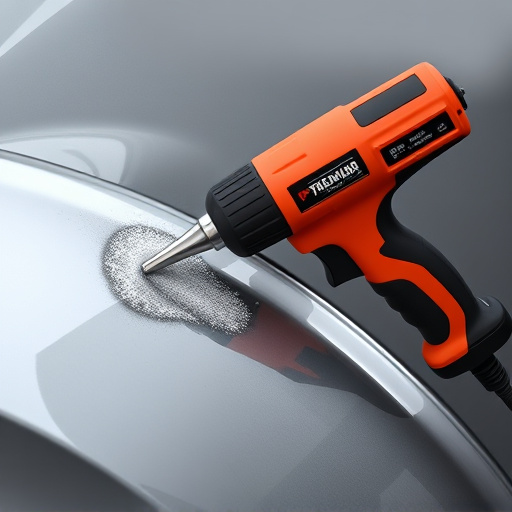
Demounting and reassembling procedures are crucial steps in a Tesla Model S front end repair. To begin, carefully remove the damaged or defective parts, ensuring proper documentation and organization for easy replacement. This process involves detaching various components such as headlights, fenders, and bumper covers, requiring specific tools and technical knowledge to avoid damaging other parts of the vehicle.
Once demounted, it’s essential to follow a structured reassembly sequence. Tighten fastener torque requirements precisely according to Tesla’s specifications to ensure structural integrity. This meticulous procedure includes reattaching the car body panels, securing them with the appropriate fasteners, and ensuring a seamless fit. Proper alignment is key, facilitating a successful car bodywork service that maintains the vehicle’s aesthetic appeal and safety standards.
Fastener Torque Specifications and Application Techniques
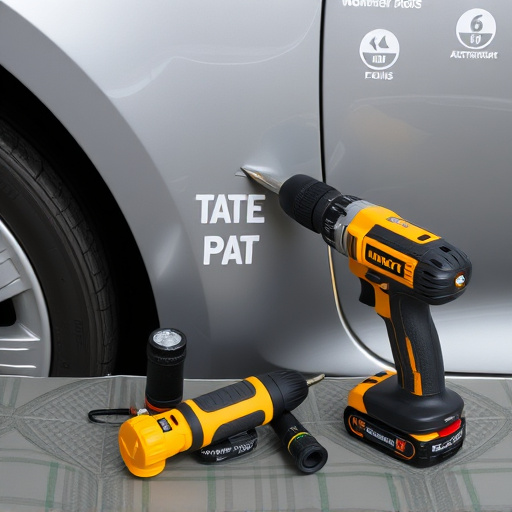
When undertaking a Tesla Model S front end repair, understanding the fastener torque specifications and application techniques is paramount. Fasteners play a critical role in ensuring structural integrity, and correct installation requires adherence to precise torque requirements. For instance, bolts securing the vehicle’s hood or grille often need to be torqued to specific values, typically ranging from 50 to 100 Nm, depending on their size and type. Exceeding or falling short of these specifications can compromise safety and the overall quality of the repair.
Professional car repair services specializing in electric vehicles like the Tesla Model S employ specialized torque wrenches to achieve accurate fastener torques. These tools allow technicians to precisely apply the required force, ensuring each bolt is secured optimally. Proper application techniques also include using the correct thread locker or adhesive to prevent fastener loosening over time. Body shop services that offer expert front end repairs for Tesla Model S vehicles understand these intricacies, ensuring a seamless and secure fit during the repair process.
The intricate process of repairing a Tesla Model S’s front end involves a meticulous understanding of its unique components and strict adherence to fastener torque requirements. By demounting and reassembling with precision, owners can ensure the vehicle’s structural integrity and performance. This comprehensive guide equips readers with the knowledge to tackle such repairs effectively, empowering them to maintain their Tesla Model S front ends efficiently and securely.


